
The Learning from green African building project was launched by Goethe-Institut Senegal in 2021 in order to create visibility on sustainable construction initiatives in sub-Saharan Africa and connect committed players. The project is a web platform made up of three aspects. The first one is an interactive and participatory map of the continent’s diverse approaches, from vernacular heritage to contemporary buildings, including the stakeholders involved, research projects, resources, etc... The second is a series of videos produced by the Goethe-Institut, showcasing particularly relevant projects and players across the continent. The last aspect is a corpus of essays written by committed personalities to help define sustainable architecture in sub-Saharan Africa today.
The African continent abounds in diversity, richness and creativity in the area of architecture, yet is not very much represented and referenced. This platform aims to be a source of information, inspiration and connection for anyone interested, both on the continent and worldwide.
As architecture reflects the cultural and environmental context from which it emerges, Goethe-Institut Senegal is taking advantage of the construction of its future institute in Dakar, designed by Pritzker prize-winning architect Francis Kéré, to set a focus in its cultural program on this topic. Instead of importing knowledge, typologies and materials, how can we make the most of on-site resources and knowledge to develop local architecture adapted to the climate and expectations of the communities concerned?
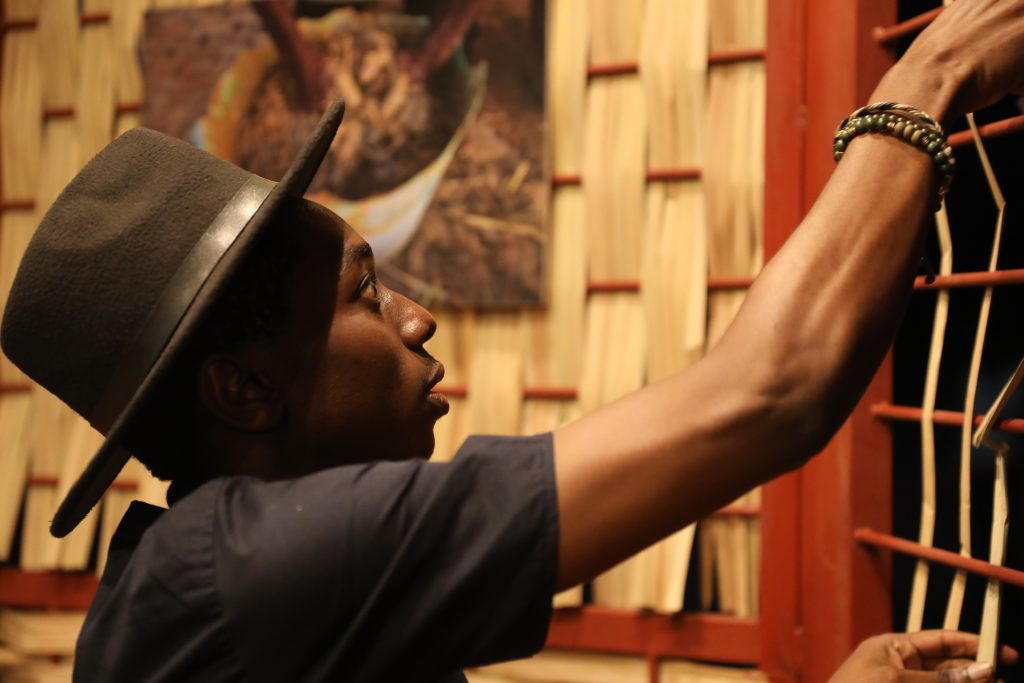
The obstacles limiting the democratization of the sustainable building approach are no longer technical. The knowledge exists, tests have been done, and in some countries the normative context is developing in favor of using eco-sourced materials. Today, resistance is generally cultural, with natural, traditional materials seen as outdated and synonymous of poverty, in contrast to concrete and glass, which express wealth, modernity and future. The project’s ambition is to show stakeholders, decision-makers and the wider public that an ecological and contemporary alternative is possible in the building sector. LFGAB is thus showcasing a multitude of examples of alternative proposals, while at the same time helping to boost the visibility of affiliated players, research, and institutions.

It’s an established fact that, along with transportation, the construction industry is one of the world’s most polluting sectors. It alone accounts for 37% of global greenhouse gas emissions. However, there is a lot of scope for reducing this vast carbon footprint. This reduction mainly hinges on the development of sustainable construction, meaning structures that are functional, comfortable, making an efficient use of raw materials and respectful of the environment in the broadest sense of the term.
Africa is booming, with demographic growth of around 5% and 50% of the population expected to live in urban areas in 2030. These changes go hand in hand with a rise in construction and the mass use of concrete, which is the most widely used material in the world and responsible for 4–8% of greenhouse gas emissions.
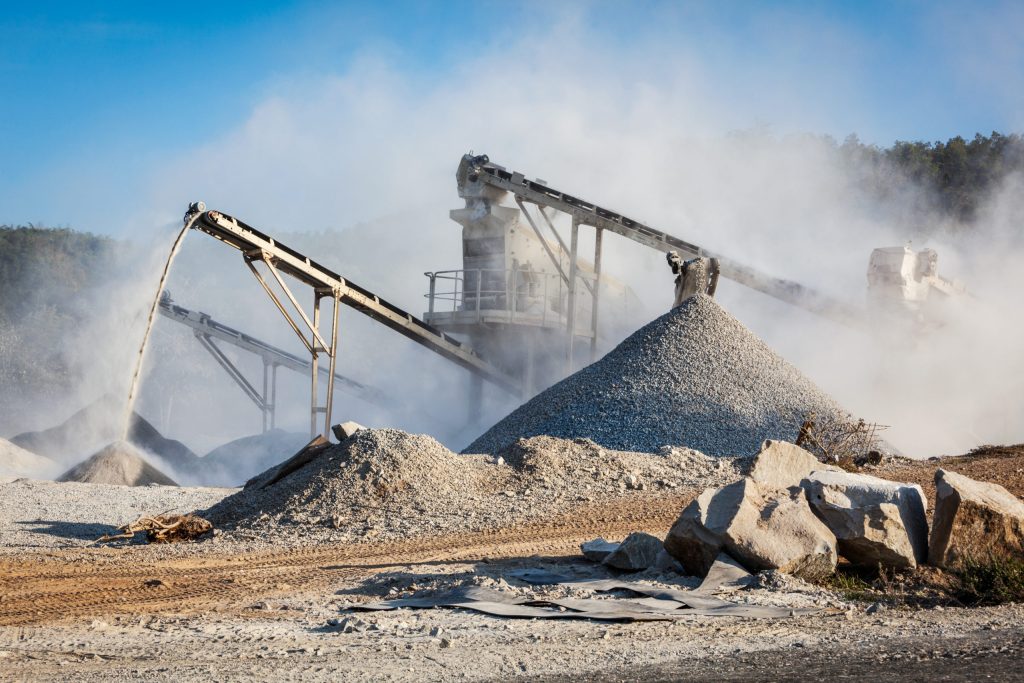
While on the European continent, active «high-tech» techniques have long been the preferred method of limiting the environmental impact of building, this approach now appears unreasonable. Indeed, with the acceleration of climate crisis and the scarcity of fossil energies, voices are being raised worldwide to advocate degrowth. Thankfully, in all climates, there are also many examples of low-tech approaches, which limit the need for resources and maintenance, and use passive, sustainable and stable systems.
Given the acceleration of the climate crisis, voices are now being raised to advocate for degrowth. On the African continent, given the context, frugality has always been a favoured approach when it comes to sustainable construction. In a world with limited resources, innovation is no longer a question of developing new technologies but rather reinventing, reinterpreting, mixing, assembling and fusing traditional techniques resulting from local materials, climates and cultures.
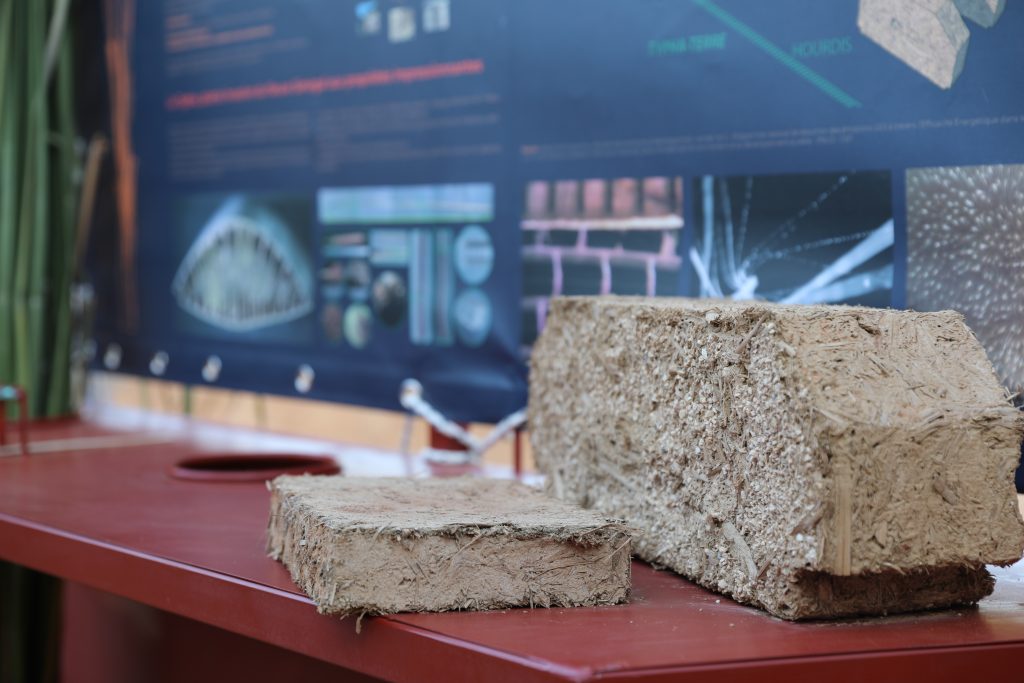
Using local resources is one of the keys to reducing the construction industry’s carbon emissions. Reducing the distances travelled by materials, creating skilled local jobs and limiting product transformation processes all help reduce the energy used to construct buildings (embodies energy). In addition, these local resources are often biogenic or geogenic materials, which have a high carbon sequestration rate, a benefit in the overall footprint of buildings.
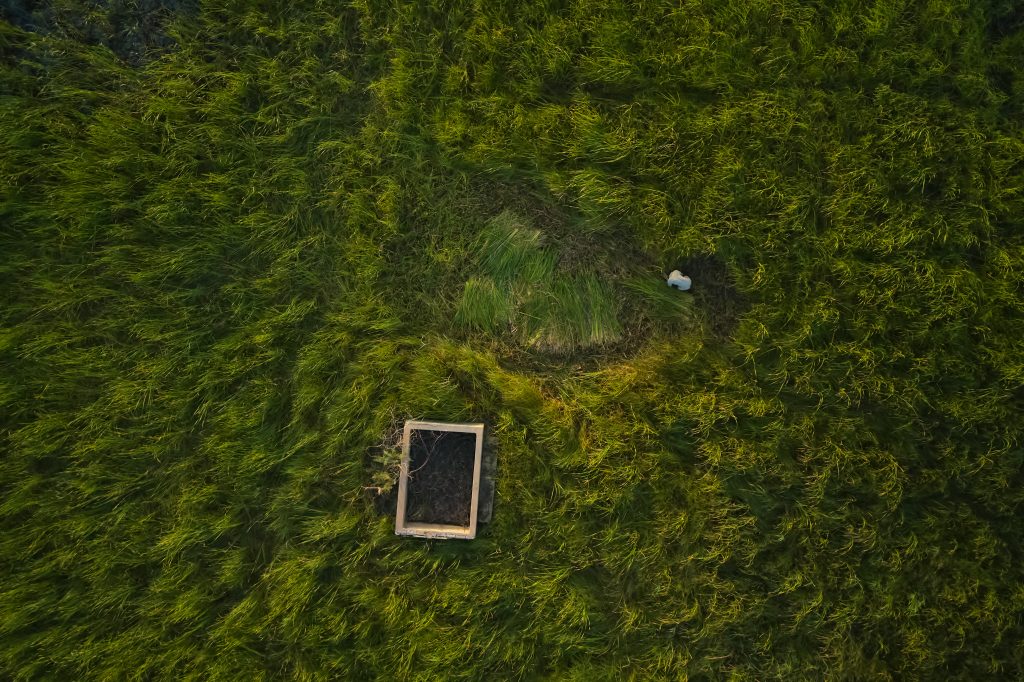
Due to the unique situation regarding access to resources and the climate and social conditions, the sustainable approach in Sub-Saharan Africa is particularly interesting and inspiring. However, there is currently little data on these approaches, and the data that exists is hard for the public to access. In order to showcase sustainable construction initiatives and create a network of players committed to an ecological construction approach, the Goethe-Institut Senegal has created an online platform providing access to a wide range of existing resources related to sustainable construction in Sub-Saharan Africa.
In architecture, sustainable approaches vary radically according to the topography, climate, regional resources, local culture, social status of citizens and political choices by the government. As such, the platform is a map of the region enabling users to place the resources in their geographical context. The resources are presented as “markers” with different icons and colours according to their themes, which are:
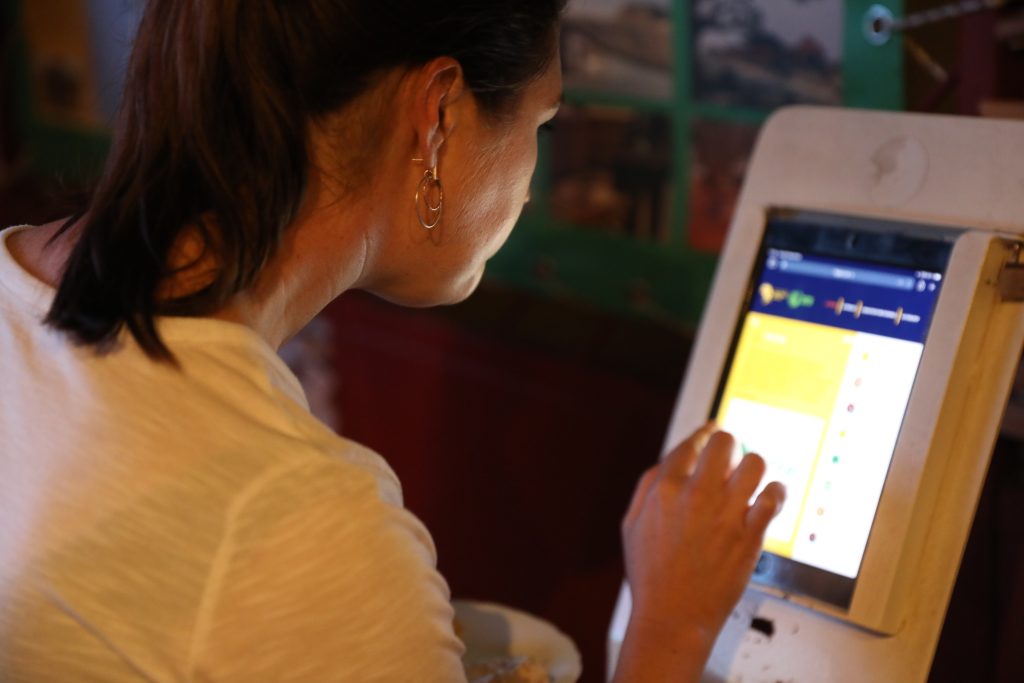
The map highlights climate data and available resources more than administrative boundaries in the narrow sense. As such, people can see the region through the lens of its natural context and not the sometimes arbitrary administrative divisions. The aim is to foster technology exchanges between practices operating in the same climatic zone.
In 2023, the Learning from green African building project will travel to the Goethe-Instituts of Sub-Saharan Africa for numerous public presentations. The aim will be to unite a community in order to encourage exchanges between regional players. Research will also continue and be regularly published on the site. The map is participatory and will enable the public to suggest new resources to be added to expand the content while ensuring local legitimacy.

In addition to defining the strategy, building the platform and collecting data, we have developed a network of players and institutions involved in sustainable construction in the sub-Saharan region. In certain countries, including Cameroon, Burkina Faso, Mali, Ghana, Angola, South Africa, Rwanda and of course Senegal, we hired video teams to go out and meet the stakeholders and highlight the richness and diversity of sustainable approaches on the continent. Thanks to this work, 20 videos are about to be published. In addition, and with the aim of offering a body of theoretical thought in dialogue with the mapped data and videos, the platform features original essays, written by committed players on the continent around the definition of sustainable architecture in Africa today.
At the end of 2022, Goethe Institut-Senegal hosted an exhibition to introduce the project to the public and officially launch the platform. This event, attended by around 100 people, was an opportunity to develop content specific to the Senegalese territory and to collaborate with local partners.
The short-term targets for the project are the following:
Taking the Learning from green African building project on the road for numerous public presentations. The aim is to federate a community to encourage exchanges between regional players, and to develop our network of players and institutions to ensure a local foothold.
Continuing to create content: today, 5 videos are accessible on the site, and this year we intend to create around twenty more with the material we have already collected.
To ensure the long-term viability of the platform and access to the information we’ve collected, possibly by integrating more partners.
The Goethe-Institut Senegal is the german cultural center based in Dakar, our approach is always to work on developing projects with our partners. In the long term, the aim is to grow Learning from green African building by involving more stakeholders.
We are open in working with institutions that share our values and are willing to develop the project along the following lines:
- Advocacy
- Knowledge dissemination
- Network coordination and development
- Fundamental or applied research into endogenous building and living methods.
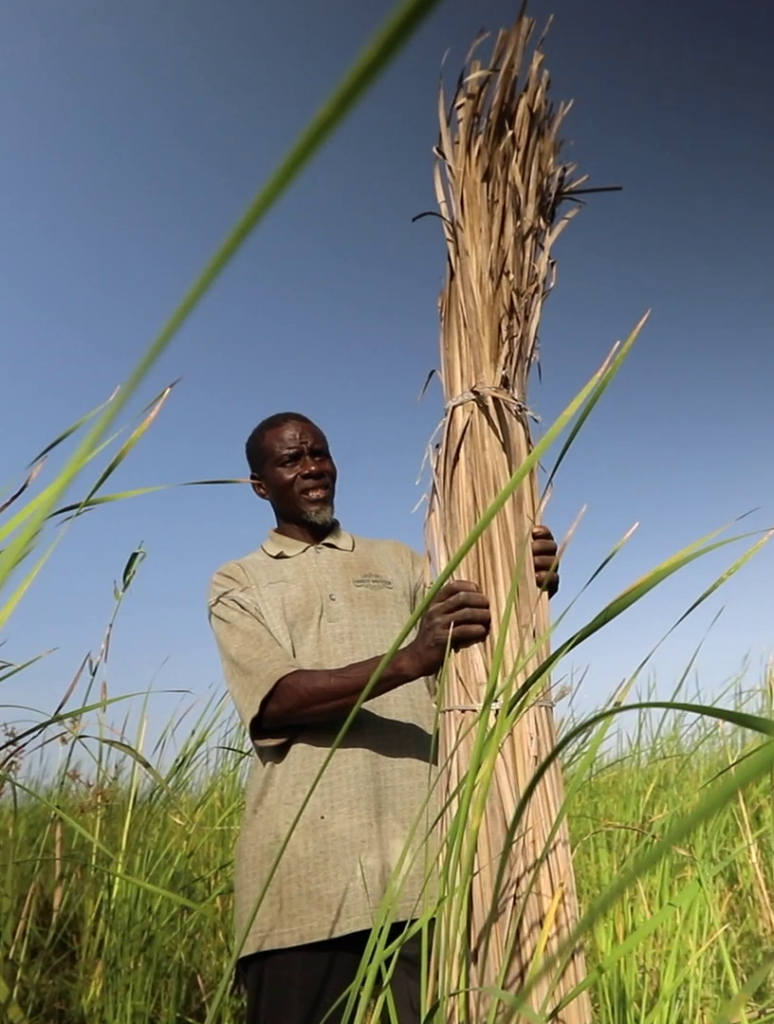
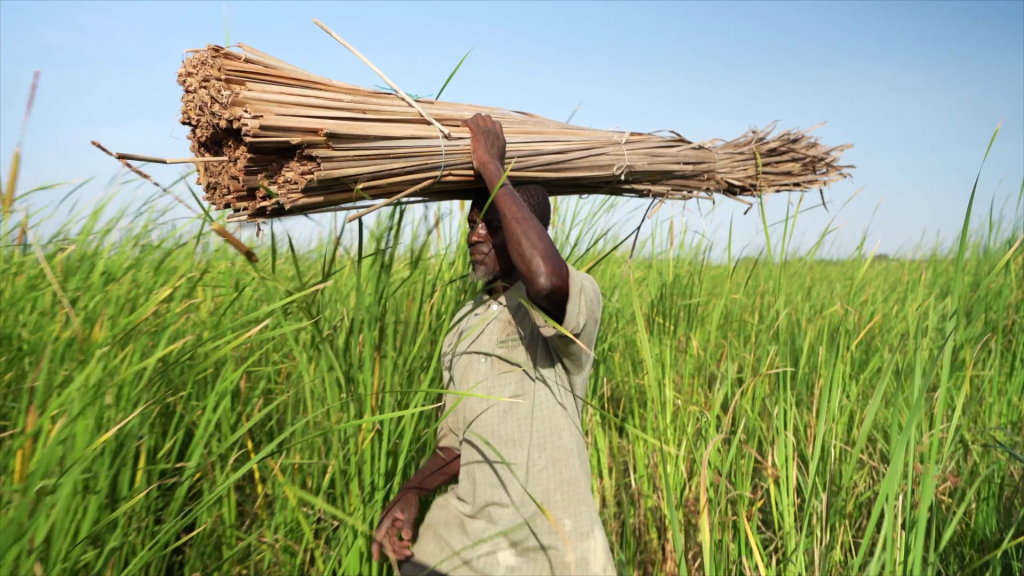
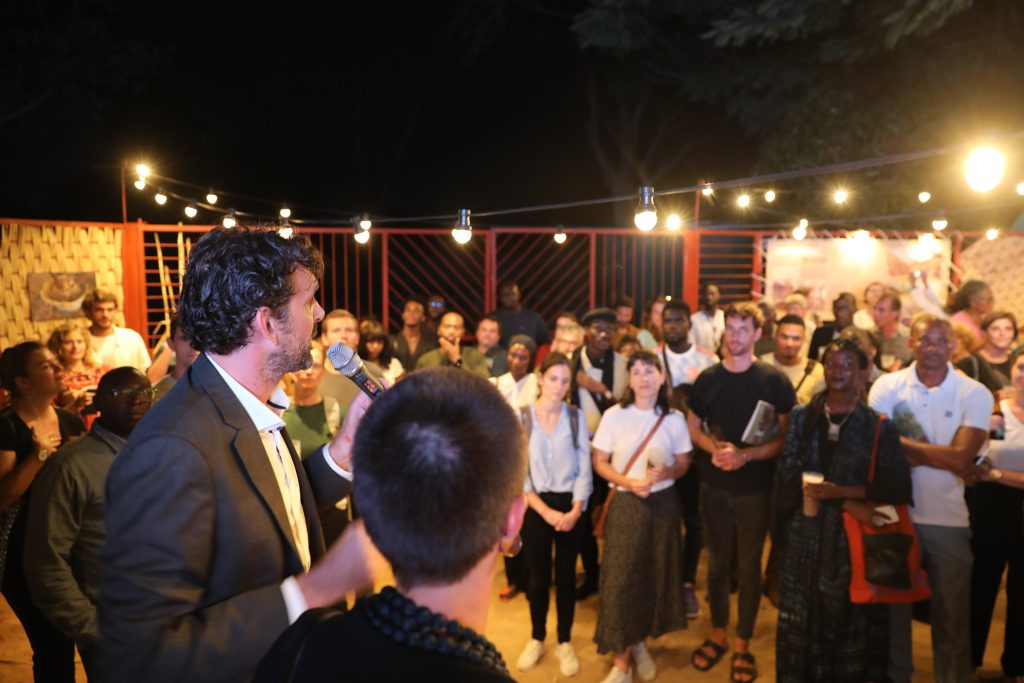

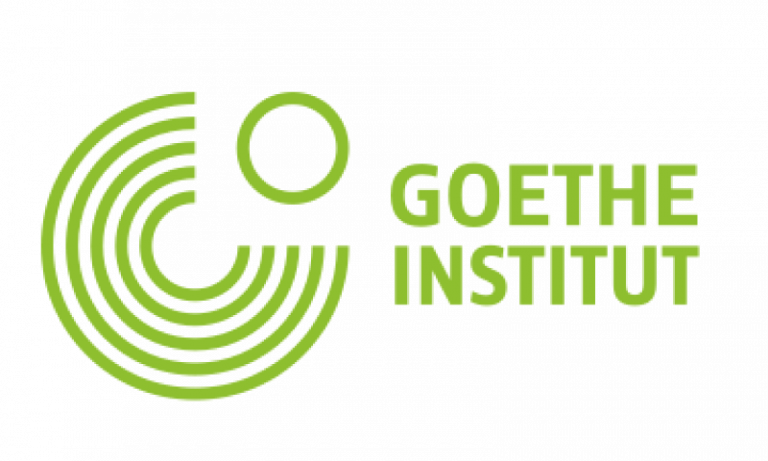
LANGUAGE. CULTURE. GERMANY.
The Goethe-Institut is the Federal Republic of Germany’s cultural institute, active worldwide.
We promote the study of German abroad and encourage international cultural exchange. We provide a full picture of Germany through information on the country’s cultural, social, and political life. Our cultural and educational programs promote intercultural exchange and enable cultural participation. They strengthen civil society structures and encourage international mobility.
Thanks to our network of Goethe-Institutes, Goethe Centers, cultural societies, reading rooms and learning and examination centers, we have been the first point of contact with Germany for many people for over sixty years. Our long-standing collaboration with important institutions and personalities in almost 90 countries has created a lasting climate of trust in our country. We are the partner of all those who have an active relationship with Germany and its culture. We work ndependently, without political ties.
The Goethe-Institut Senegal is particularly committed to cultural exchanges between Senegal and Germany.
The Goethe-Institut Senegal covers Senegal, Mauritania, the Gambia, Cape Verde and Guinea-Bissau. If you live in another region, please contact your local institute.

Another example of how the Goethe-Institut is working on reducing his carbon footprint is the opening of a new sustainable building in Dakar in 2024, replacing the old institute, which is not adapted to the climate context and is extremely energy-intensive.
The new building is in direct dialogue with the baobab which it embraces by establishing itself all around. A largely overflowing roof reminiscent of the foliage of a tree shelters the building. With the roof, elements of double skins in masonry screens in front of the facade, protect the windows from direct sunlight. Like the crown of leaves of a tree, the roof surface of the Goethe-Institut also provides energy because it is almost completely covered with photovoltaic panels. Covering an area of 360 m², these allow the building to be nearly self-sufficient in energy. The garden, which together with its lawn constitutes an important space for exchanges, can also be maintained during the dry season without additional water consumption thanks to the recycling of biologically treated gray water.